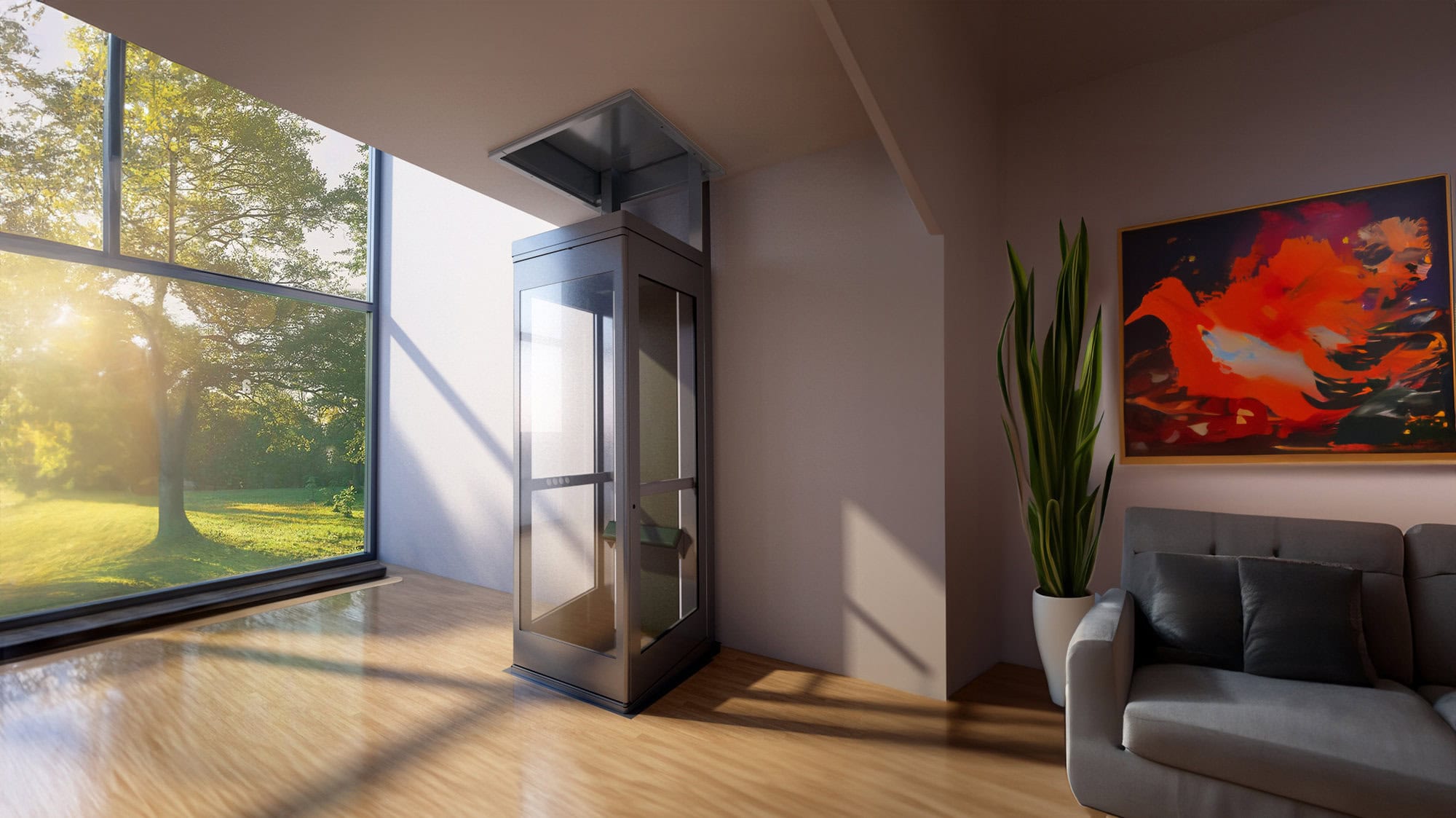Leading Lift Companies in London: Supplying Exceptional Solution and Support
Leading Lift Companies in London: Supplying Exceptional Solution and Support
Blog Article
Diving Into the World of Lifts: Usual Concerns Encountered by Numerous Lift Systems
As we navigate with the vertical transport systems of modern structures, elevators stick out as a crucial component of our every day lives. Nevertheless, behind their seamless procedure lies a globe of elaborate mechanisms that can often encounter challenges. From hydraulic elevators to grip systems and machine-room-less styles, each lift kind features its collection of usual issues. Understanding these obstacles is critical for ensuring the smooth performance of these essential systems. Allow's discover the intricacies that underlie the operation of elevators and the possible issues that can emerge, clarifying the complex web of lift mechanisms.
Hydraulic Lifts
Hydraulic elevators, usually preferred for low-rise structures, make use of fluid stress to regulate the motion of the lift auto (lift repair companies). This mechanism entails a hydraulic pump pushing oil right into a cyndrical tube, causing the lift to relocate in the desired instructions. While hydraulic elevators are understood for their smooth and peaceful procedure, they do come with their very own collection of usual concerns
One prevalent problem with hydraulic elevators is oil leak. Furthermore, concerns with the control system, such as faulty valves or a malfunctioning pump, can create interruptions in the lift's movement.
Routine upkeep and prompt repair services are necessary to guarantee the smooth functioning of hydraulic lifts. By addressing these common issues proactively, building proprietors can decrease downtime and ensure the safety and performance of their upright transport system.
Traction Lifts
When taking into consideration vertical transportation systems in buildings, an additional common type other than hydraulic lifts is the grip elevator. Grip elevators run using a system of ropes and counterweights that move the elevator car by grasping onto the hoist ropes. This system enables smoother and faster vertical transportation compared to hydraulic systems.
Among the usual issues encountered by traction elevators is rope wear. The constant activity of the ropes within the grip system can bring about damage with time, potentially triggering the elevator to breakdown or come to be hazardous for use. Routine assessments and upkeep of the ropes are necessary to guarantee the elevator's proper functioning and safety.
An additional problem that grip elevators might encounter is associated with the control system. Problems with the control system can result in problems such as unpredictable movement, hold-ups in response times, or perhaps total shutdowns. Regular screening and maintenance of the control system are crucial to stop such issues and guarantee the lift's reliability.
Machine-Room-Less (MRL) Lifts

One of the crucial parts of MRL lifts is the portable gearless traction machine that is installed within the hoistway. This machine efficiently drives the lift car without the requirement for cumbersome equipment located in standard grip elevators. Furthermore, MRL elevators normally utilize a weight system to balance the automobile, additional enhancing their energy efficiency.
In spite of their advantages, MRL elevators may deal with difficulties associated with upkeep and repair due to the restricted area for equipment installation. Ease of access for servicing elements within the shaft can be restricted, needing specialized training for specialists. Proper upkeep schedules and routine evaluations we maintain lifts are critical to guarantee the continued smooth operation of MRL lifts.
Overloading and Weight Restriction Issues
Are lifts outfitted to take care of excess weight loads effectively and securely? Overwhelming and weight restriction concerns are vital problems in lift procedures. Lift makers layout raises with particular weight capabilities to ensure passenger safety and security and devices durability. Going beyond these weight limitations can cause various problems, consisting of mechanical failings, hold-ups, and safety and security risks.
When lifts are strained, it places extreme strain on the motor, cables, and other components, potentially causing breakdowns or failures. Security devices such as sensors and overload sensors are in area to stop lifts from relocating if they detect excess weight. Furthermore, surpassing weight limitations can result in enhanced power intake and wear and tear on the elevator system.
To alleviate overloading concerns, developing supervisors should plainly display weight limitations in lifts and educate occupants on the significance of adhering to these restrictions - lift repair companies. Normal maintenance checks by certified service technicians can also help make certain that elevators are operating within secure weight parameters. By addressing overloading and weight limit problems proactively, structure owners can boost elevator safety and efficiency
Electric System Failings
Exceeding weight restrictions in elevators can not only lead to mechanical issues yet also potentially add to electric system failings within the lift facilities. Electric system failings are a vital worry in lift operation, as they can cause unexpected shutdowns, malfunctions, or even safety hazards.
Furthermore, power surges or changes in the electrical supply can also disrupt the elevator's operation, influencing its performance and security. These electric disruptions can damage sensitive lift components such as control board, circuit card, or sensing units, bring about system failures. Regular upkeep and lift companies in London examinations are critical to determine and resolve prospective electric problems immediately, guaranteeing the safe and effective procedure of elevator systems. By adhering to weight limits and conducting routine electric system checks, structure proprietors can alleviate the danger of disabled platform lifts prices uk electrical failures in elevators.
Conclusion

Hydraulic lifts, frequently favored for low-rise buildings, use fluid pressure to control the movement of the lift vehicle.When considering upright transportation systems in structures, one more usual type apart from hydraulic lifts is the grip lift. Traction lifts run making use of a system of ropes and counterweights that move the elevator auto by clutching onto the hoist ropes. Unlike typical lifts that require a separate equipment space to house the tools, MRL lifts incorporate many of the elements within the shaft, removing the need for a specialized equipment area.In final thought, lifts deal with typical problems such as hydraulic malfunctions, traction system failures, and electric system troubles.
Report this page